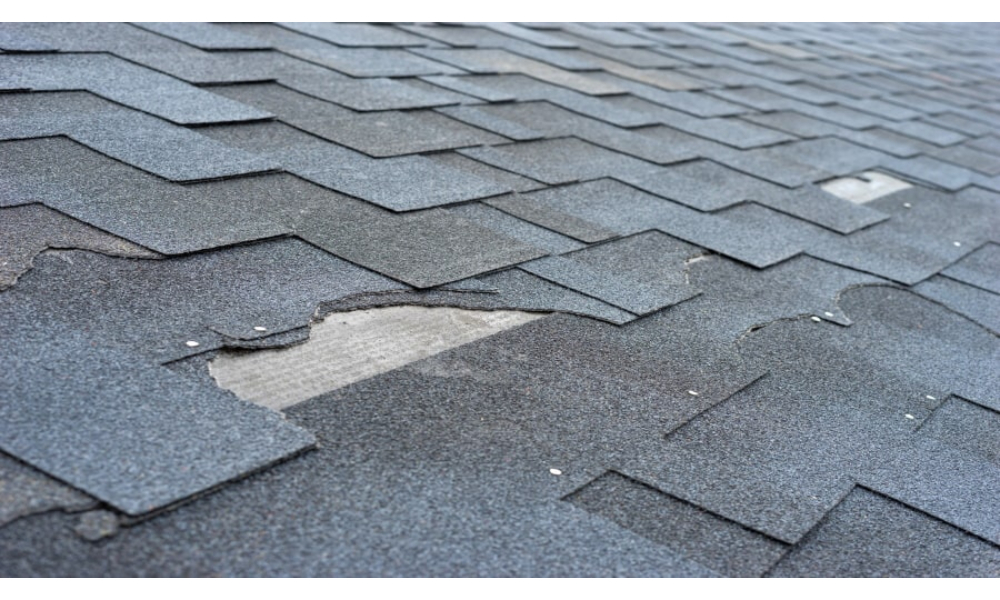Your home’s roof plays a critical role in maintaining energy efficiency, yet many homeowners overlook roofing issues that can silently drain their wallets. Problems like poor insulation, leaks, and improper ventilation not only compromise your comfort but can also lead to skyrocketing energy bills. In this blog, we’ll explore common roofing problems that can affect your home’s energy efficiency and how you can address them to save money and energy.
1. Inadequate Insulation
One of the leading causes of energy inefficiency is poor roof insulation. Without sufficient insulation, heat can easily escape during winter and seep in during summer, forcing your HVAC system to work overtime. Over time, this can lead to significant increases in your heating and cooling costs. Consider upgrading to high-quality insulation materials like spray foam or fiberglass to improve your home’s thermal barrier.
2. Roof Leaks
A leaking roof doesn’t just cause water damage; it also allows conditioned air to escape and outdoor air to enter your home. This results in an inconsistent indoor temperature and increased energy consumption. Regular roof inspections can help identify and fix leaks before they become a major problem.
3. Improper Ventilation
Roof ventilation systems are essential for regulating attic temperature and preventing moisture buildup. Without proper ventilation, hot air can get trapped in your attic, causing your cooling system to work harder in the summer. Similarly, poor ventilation can lead to condensation in the winter, potentially damaging your roof and insulation. Ensure your roof has adequate intake and exhaust vents for proper airflow.
4. Aging or Damaged Shingles
Shingles act as your roof’s first line of defense. If they’re old, cracked, or missing, they can compromise your roof’s ability to reflect sunlight and maintain energy efficiency. Damaged shingles can also expose your home to water damage, leading to costly repairs. Regular maintenance and timely replacement of worn-out shingles are key to preserving your roof’s efficiency.
5. Dark Roofing Materials
Dark-colored roofing materials absorb more heat, making your home warmer during summer months. Opting for reflective or light-colored roofing materials, also known as “cool roofs,” can reduce heat absorption and lower cooling costs.
6. Gutter and Drainage Issues
Clogged or damaged gutters can lead to water pooling on your roof, potentially seeping into your attic or insulation. This not only damages your roof but also compromises your home’s energy efficiency. Clean your gutters regularly and ensure proper drainage to avoid these problems.
How to Prevent Energy Loss from Your Roof
Regular roof inspections and maintenance by a professional roofing contractor can save you from unexpected energy losses and repair costs. Be proactive by addressing small issues before they escalate into major problems.
Contact Us Today to Boost Your Roof’s Energy Efficiency!
Don’t let roofing problems drain your energy and your wallet. At Old Time Roofing, we specialize in roof inspections, repairs, and energy-efficient solutions tailored to your home. Contact us today for a free consultation and let us help you create a more comfortable, energy-efficient living space in Huntington.
Call us or visit our website to schedule your inspection now!
This post was written by Ted Williams! Ted is the owner of https://oldtimeroofing.net, one of the best roofing companies in Saint Petersburg, FL! Ted is a Master Elite Weather Stopper GAF Roofing Contractor, a double award winner of Best Steep-Slope Contractor from GAF and achiever of Master Elite Consumer Protection Excellence from GAF. He has been serving the Pinellas County area since 1978. Old Time Roofing has a tradition of quality workmanship, servicing residential and commercial properties.

